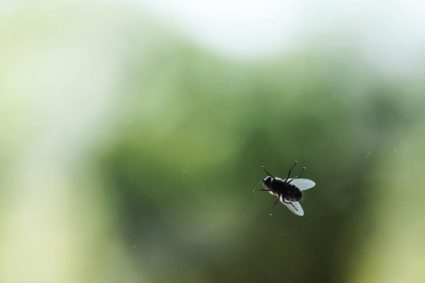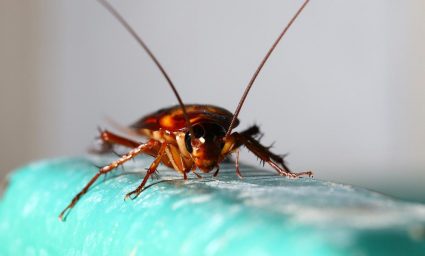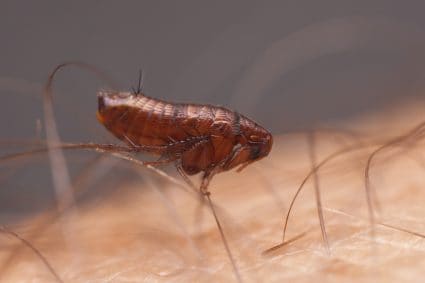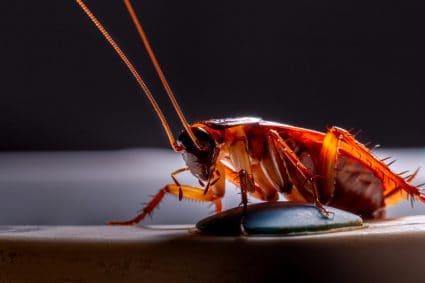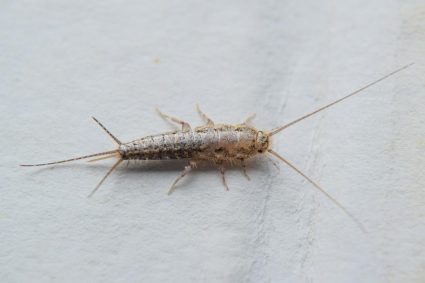
Boric acid, a naturally occurring mineral derived from boron, is an effective roach killer. It’s a popular choice because it’s affordable, easy to use, and safer than many commercial insecticides. In this article, we’ll discuss how to make roach killer with boric acid, how it works, safety precautions, and alternatives if you prefer a different approach.
To make a roach killer with boric acid, you can simply mix equal parts of boric acid and granulated or powdered sugar. Apply the mixture in areas where you’ve seen roaches. Another method involves creating roach balls with boric acid, an onion, flour, salt, and milk. Roll the mixture into small balls and place them in roach-infested areas. Always handle boric acid with care, wearing protective gloves and ensuring proper ventilation.
What is Boric Acid?
Boric acid, also known as hydrogen borate, boracic acid, or orthoboric acid, is a weak, monobasic Lewis acid of boron. It’s often used as an antiseptic, insecticide, flame retardant, neutron absorber, or precursor to other chemical compounds. In its natural form, it’s a colorless crystal or white powder that dissolves in water.
You can find boric acid in various online retailers like Amazon and Walmart, or physical stores like Home Depot and Lowe’s. It’s available in different forms such as liquids, granules, pellets, tablets, wettable powders, dusts, rods, or baits.
How Does Boric Acid Work as a Roach Killer?
Boric acid works as a roach killer by taking advantage of roaches’ grooming habits. When roaches crawl through boric acid powder, the powder sticks to their bodies. As roaches groom themselves, they ingest the boric acid, which then attacks their nervous system and eventually leads to their death.
Preparing Boric Acid Roach Killer
There are several ways to prepare boric acid into a roach killer. Here are a few methods:
1. Boric Acid and Sugar Mixture Mix equal parts of boric acid and granulated or powdered sugar. Apply the mixture along baseboards, cracks, under cabinets, under sinks, and anywhere else you’ve seen roaches.
2. Cockroach Balls with Boric Acid Ingredients: – 200g of boric acid – 1 medium onion – 1 cup of flour – 1/4 tsp of salt – About 100ml of milk
Directions: – Finely chop up the onion. – Mix together the boric acid, onion, flour, and salt. – Add enough milk to the mixture to make it come together into a dough with a pie crust consistency. – Roll the dough into 1-2cm balls and place them in areas where you’ve seen roaches.
Remember to keep these baits away from children and pets, as they may be harmful if ingested. Always wear gloves while handling boric acid and wash your hands thoroughly after preparing the baits.
Safety Precautions When Handling Boric Acid
When handling boric acid, it is essential to take the following safety precautions:
- Wear protective gloves, clothing, and eye protection to minimize skin and eye contact.
- Wash hands and other exposed areas with mild soap and water before eating, drinking, or smoking, and when leaving work.
- Avoid dust formation when cleaning up spills. Sweep up and shovel boric acid into suitable containers for disposal.
- Store boric acid at ambient temperature and atmospheric pressure, away from moisture to prevent caking.
- Ensure proper ventilation when working with boric acid to minimize inhalation exposure.
Risks and Drawbacks of Using Boric Acid
While boric acid is a great roach killer, it comes with its own set of risks and drawbacks. These include:
- Ineffectiveness against roach eggs: Boric acid can kill adult roaches but not roach eggs, so it won’t be able to eliminate a roach infestation completely.
- Health risks: Long-term ingestion of boric acid can cause vomiting, nausea, diarrhea, and stomach pain, followed by headaches, fever, and tremors.
- Potential harm to pets: Boric acid is considered a poison, which means there are risks if you or your pet ingest, touch, or inhale it.
Alternatives to Boric Acid for Roach Control
If you’re looking for alternatives to boric acid, there are several options available. These include Diatomaceous Earth, baking soda and sugar mixture, essential oils, citrus-based cleaning products, borax, glue traps, and bait stations, maintaining a clean house, and using natural repellents like bay leaves and lemons.
Each of these alternatives has its own set of pros and cons, so it’s important to research and choose the method that best suits your needs.
In conclusion, boric acid is an effective and affordable solution for roach control. However, it’s important to handle it with care and keep it away from children and pets. If you’re dealing with a severe infestation, consider seeking help from a professional pest control service.
Frequently Asked Questions
How long does it take for boric acid to kill roaches?
Boric acid doesn’t kill roaches instantly. It usually takes about 72 hours for roaches to die after they’ve ingested boric acid.
Can I use boric acid on my garden to kill roaches?
While boric acid can kill roaches, it’s not recommended for use in gardens as it can harm plants and beneficial insects. It’s best used indoors where roaches are a problem.
Can I use boric acid to kill other pests?
Yes, boric acid is effective against a variety of pests, including ants, silverfish, termites, and fleas. However, it should be used with caution as it can also harm beneficial insects.
Is there a specific brand of boric acid that works best for killing roaches?
There isn’t a specific brand that works best. As long as it’s 100% boric acid, it should be effective against roaches.
Can I use boric acid if I have children or pets?
While boric acid is less toxic than many commercial insecticides, it’s still a poison and can be harmful if ingested or inhaled. It’s important to keep it out of reach of children and pets. If it’s necessary to use it in a home with children or pets, make sure it’s applied in areas where they can’t access.


